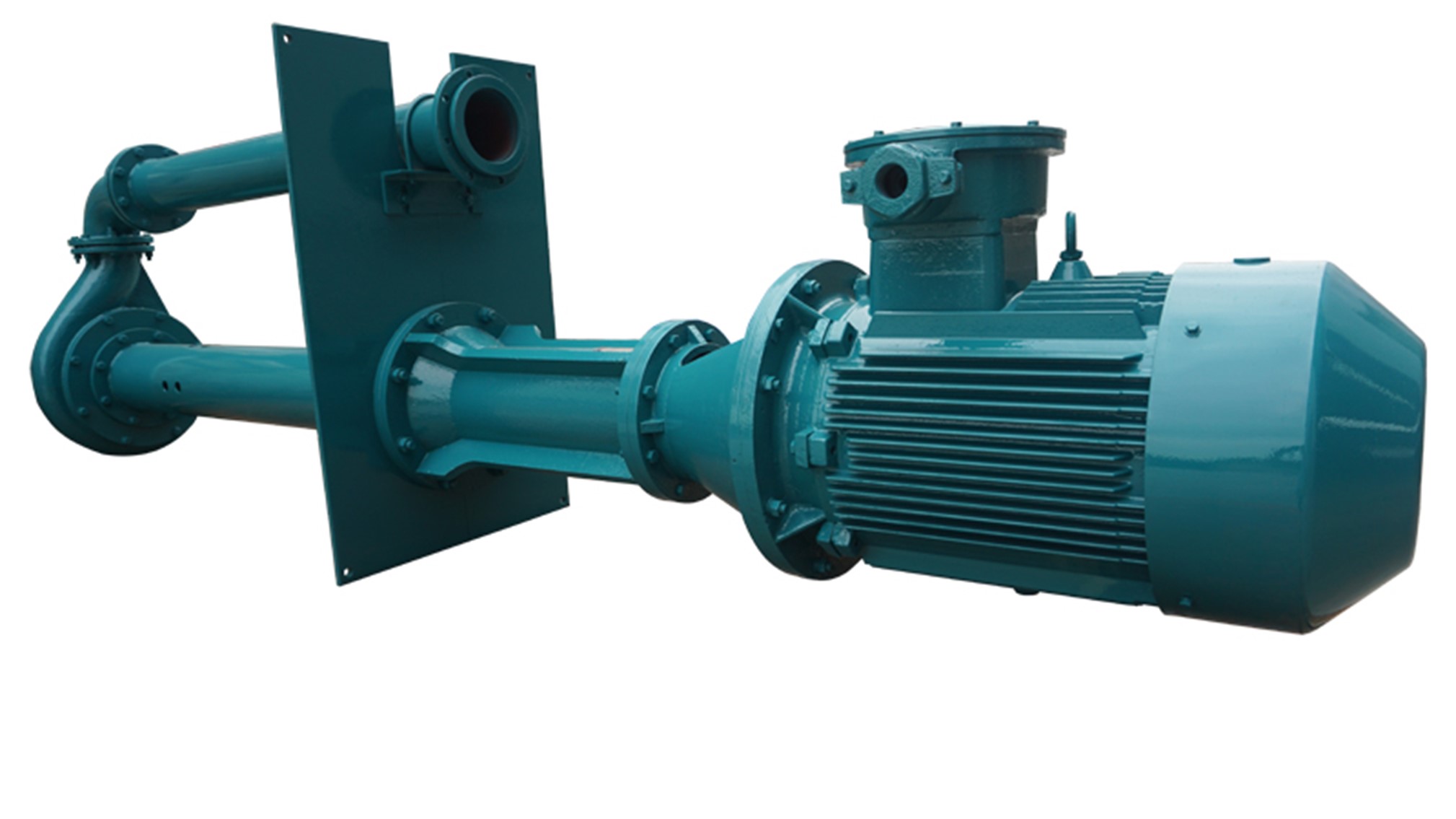Drilling mud pumps are essential equipment in oil and gas exploration drilling, playing a crucial role in the process. Their primary function is to circulate drilling fluid (also known as drilling mud) into the borehole to support the drilling process and ensure its efficiency and safety.
Working Principle of Drilling Mud Pumps
Drilling mud pumps typically use a reciprocating pump design. The basic working principle involves creating pressure within the pump chamber through a piston, plunger, or diaphragm to move the fluid from one chamber to another. Here’s a detailed breakdown of the process:
- Fluid Intake: As the pump’s piston or plunger moves backward, a negative pressure is created in the pump chamber, causing drilling fluid to flow into the chamber through an intake valve (usually a one-way valve).
- Fluid Discharge: When the piston or plunger moves forward, the pressure in the pump chamber increases, pushing the fluid through the discharge valve (also a one-way valve) towards the borehole.
- Pulsating Flow: The reciprocating action of the pump generates a pulsating flow of fluid. Combining multiple pumps can smooth out the fluid flow, enhancing system efficiency and performance.
Functions of Drilling Mud Pumps
- Cooling and Lubrication: The drilling fluid is pumped into the borehole to help cool the drill bit and reduce its temperature, preventing overheating. Additionally, the lubricating properties of the drilling fluid reduce friction between the drill bit and the rock, extending the drill bit’s lifespan.
- Cleaning and Carrying Cuttings: The drilling fluid also helps clean the drill bit and transport rock cuttings generated by the drilling process out of the borehole. This prevents cuttings from accumulating around the drill bit, which could cause blockages and damage.
- Maintaining Drilling Stability: By continuously circulating the fluid, the drilling mud pump helps maintain the stability of the borehole and prevents the collapse of the wellbore walls.
Maintenance and Failures
The proper functioning of the pump is critical for drilling operations. Pump failures can interrupt the flow of drilling fluid and lead to various issues:
- Overheating of the Drill Bit: Without adequate cooling, the drill bit may overheat, affecting drilling efficiency and its lifespan.
- Cuttings Blockage: Ineffective removal of cuttings can lead to borehole blockage, disrupting the drilling process.
- Equipment Damage: Prolonged pump failures can damage drilling equipment, increasing maintenance and replacement costs.
- Safety Risks: Equipment failures can pose safety risks to personnel on the drilling platform.
Summary
Drilling mud pumps are key components in ensuring the smooth operation of oil and gas drilling. Their main functions include circulating drilling fluid to cool and lubricate the drill bit and remove cuttings. Understanding the pump’s working principle and maintenance needs is crucial for ensuring efficient and safe drilling operations. Proper maintenance and timely troubleshooting are essential for maintaining the normal operation of drilling equipment.
Post time: Aug-15-2024





